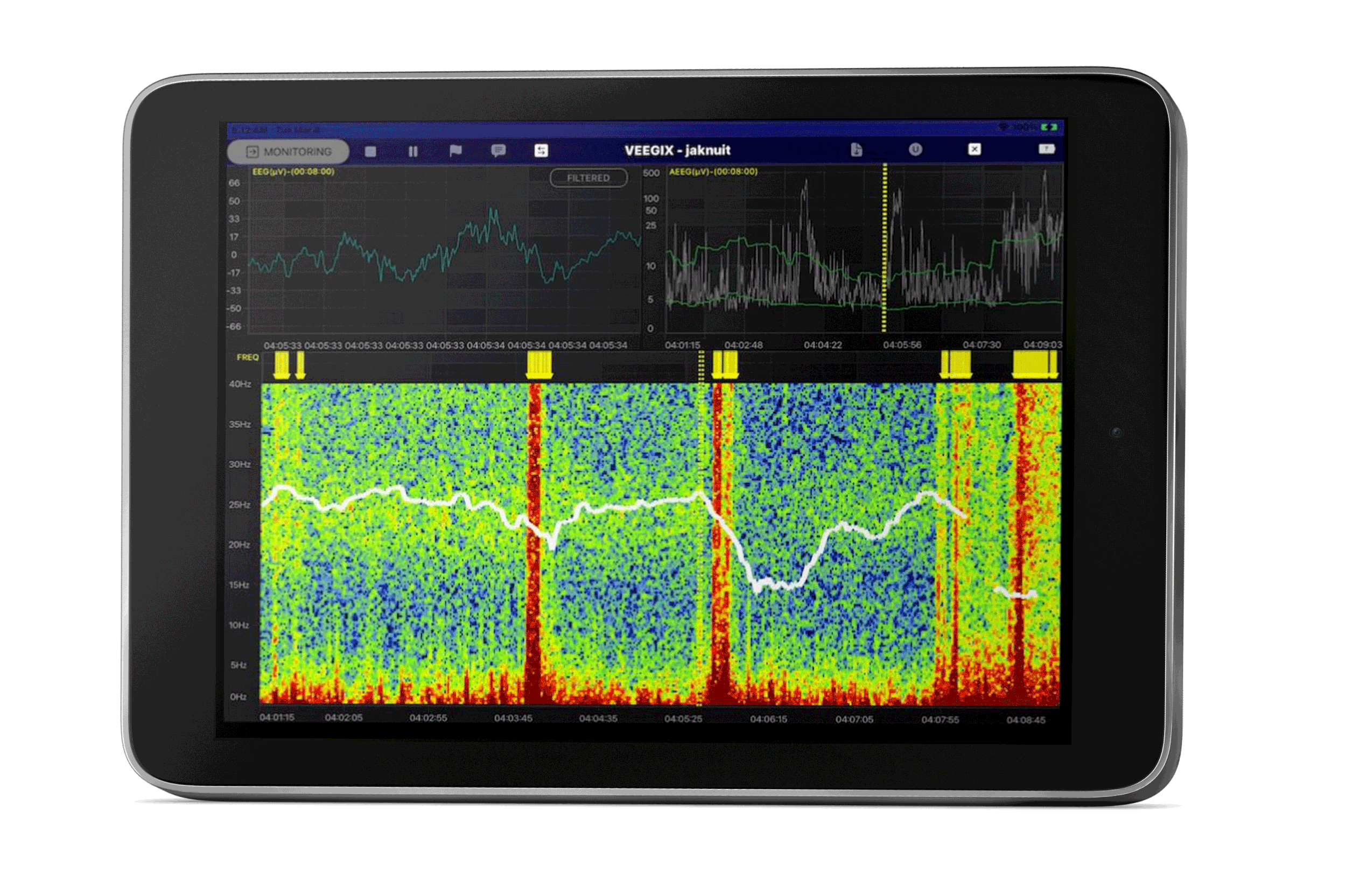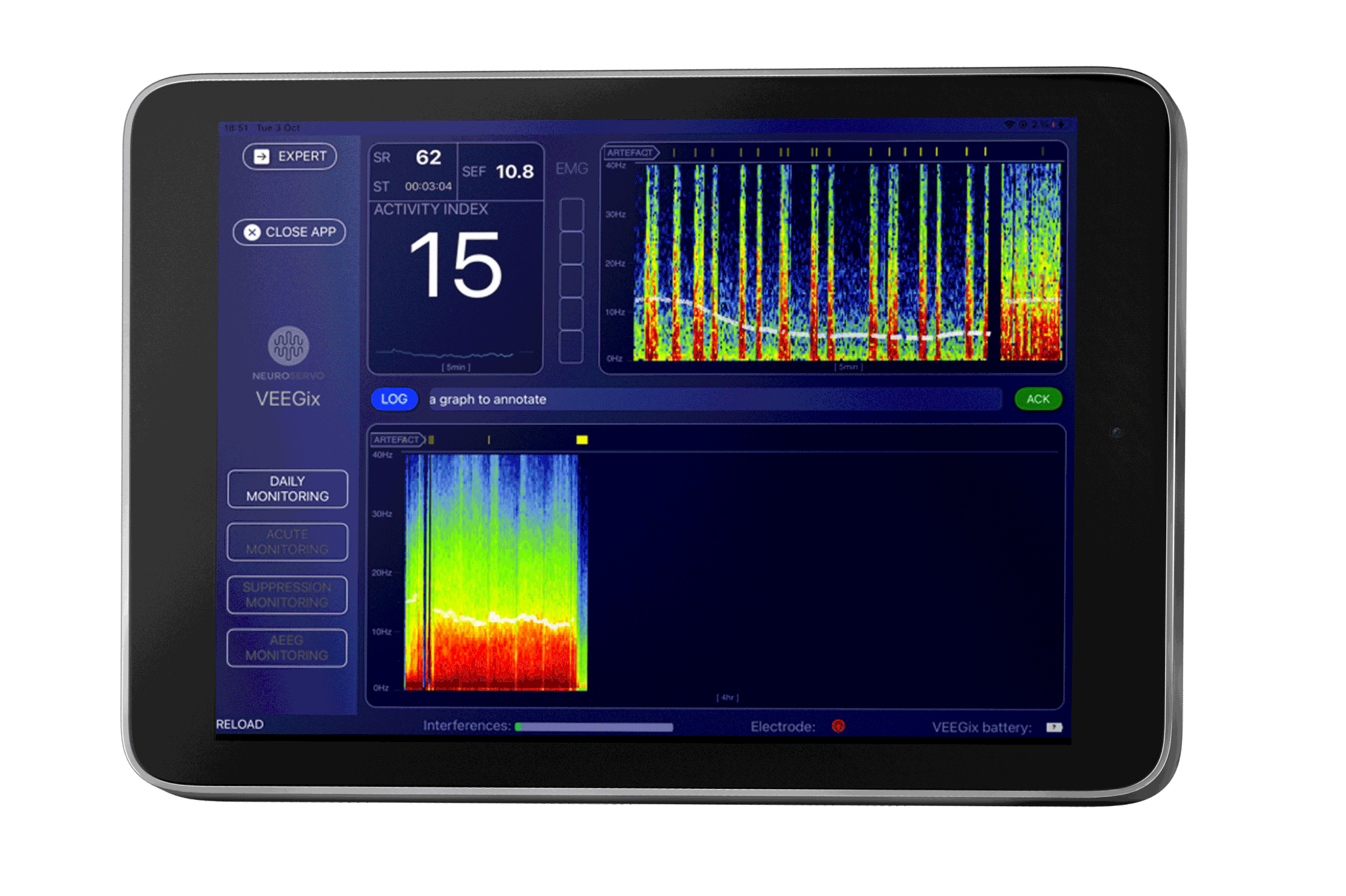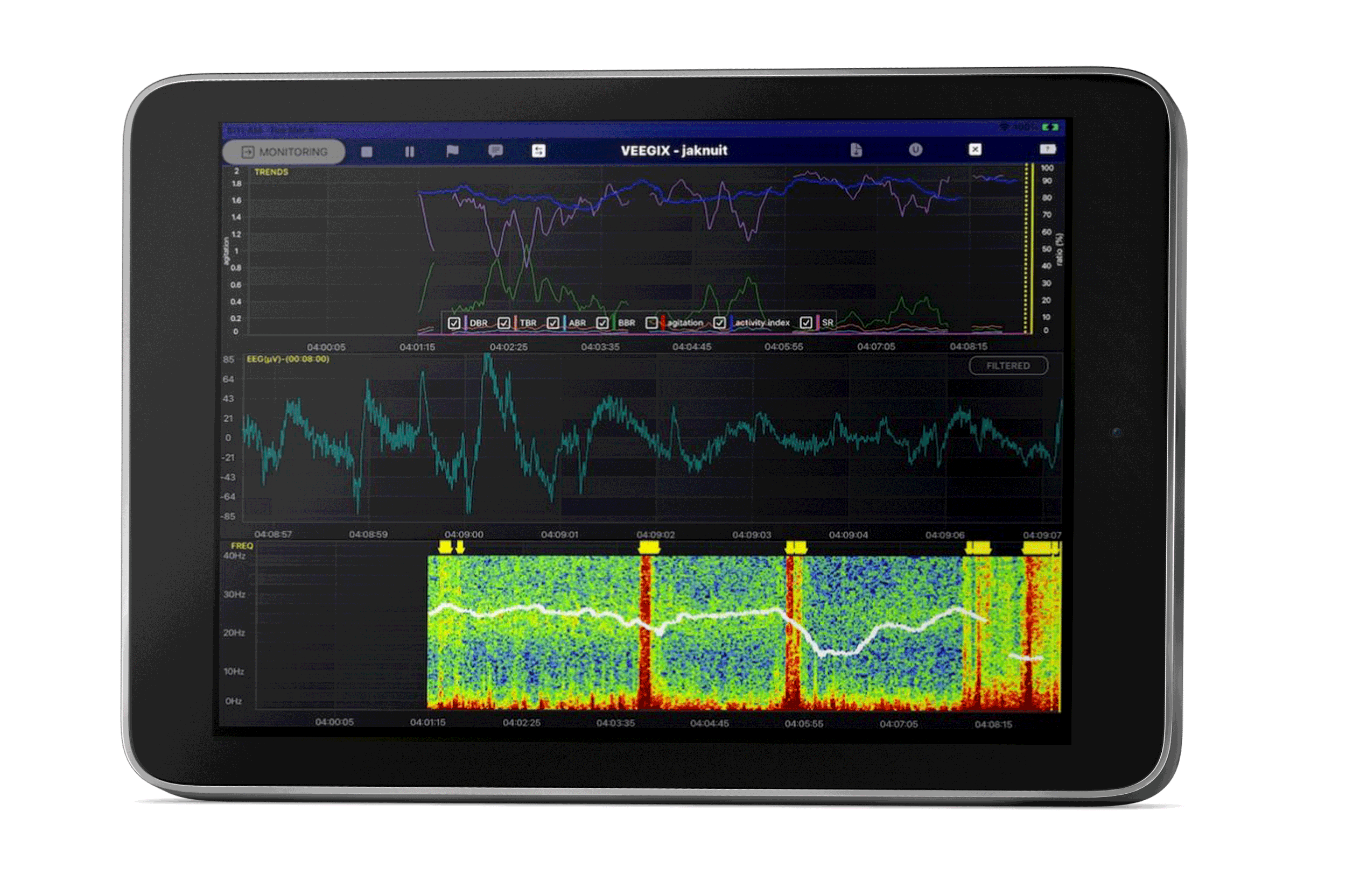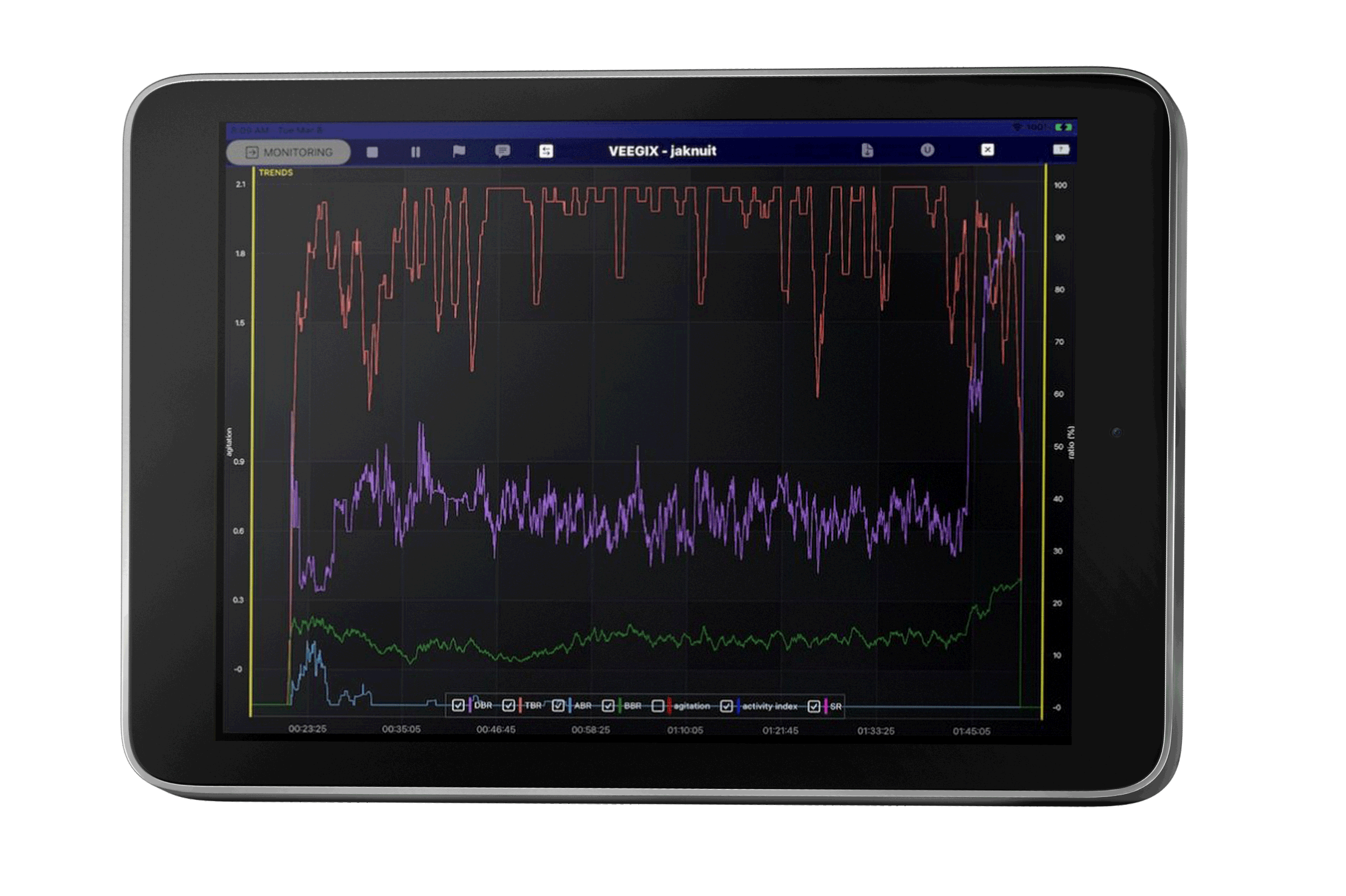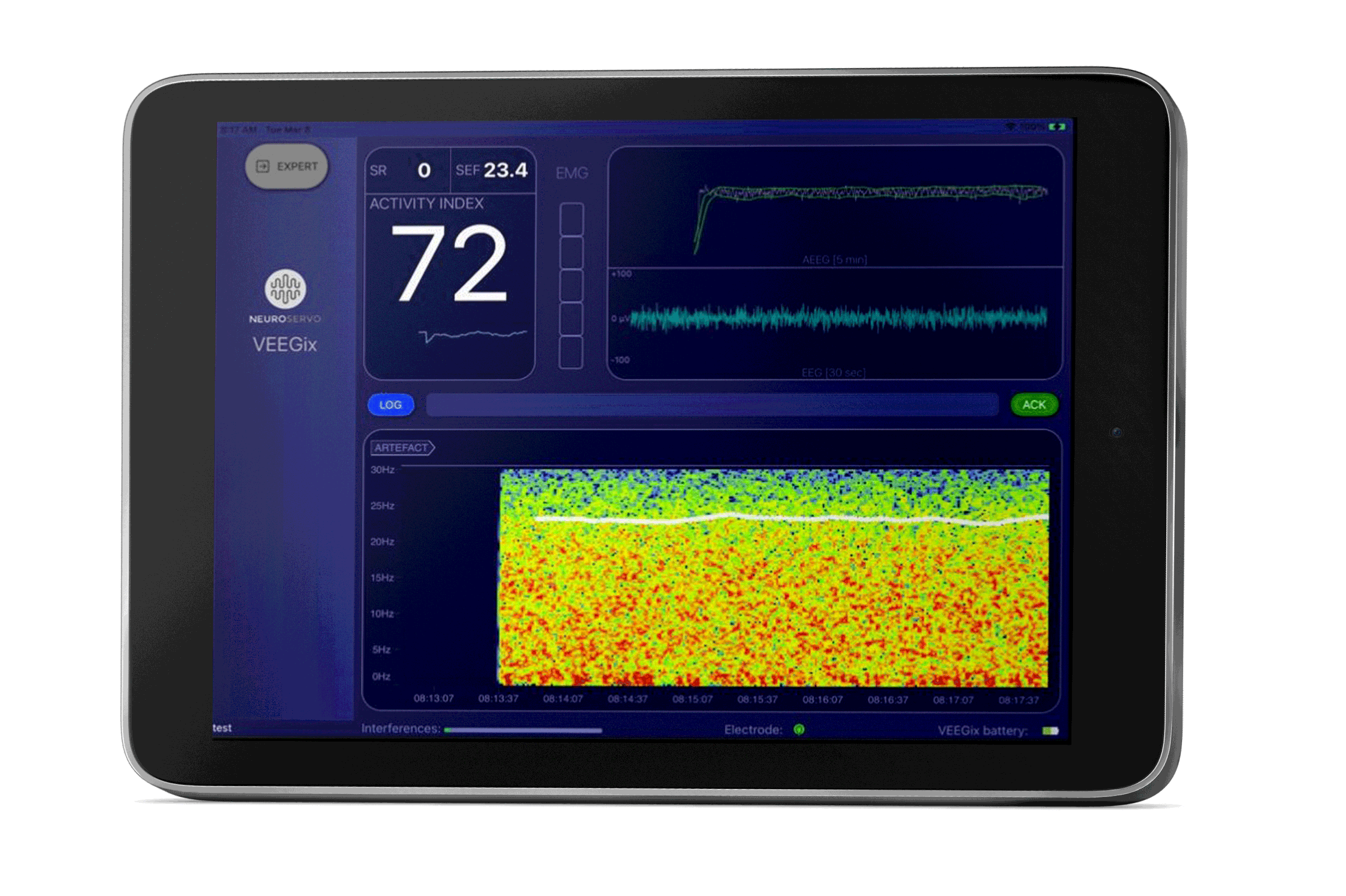
A missed diagnosis risks unnecessary medication and over-treatment, or dangerous delays and under-treatment, both capable of inflicting irreversible brain damage.
In these scenarios, EEG stands as the ultimate confirmation tool.
Specific altered states of consciousness pathologies, including conditions like status epilepticus and hypothermia, present physicians with a perplexing dilemma: whether to pursue immediate or delayed treatment.
OUR MISSION
Our mission is to equip hospital medical staff with an intelligent electroencephalogram (EEG) reader capable of real-time pathology detection.
By swiftly identifying abnormalities, our technology aims to help mitigate the risk of enduring permanent brain damage in patients.
-
Seizure accounts for 1 million emergency department visits annually in the USA.
EEG is the only tool that can confirm and monitor seizures.
Learn more → -
Approximately 54 percent of patients are oversedated, while just over 15 percent experience under-sedation, and only 30 percent receive the intended target level of sedation. Additionally, oversedated patients can experience cognitive impairment, and patients who are 65 years old or older are more susceptible to delirium.
-
EEG monitoring is indicated for approximately one-third of critically ill patients.
Only 37% of patients with indications for EEGs had EEGs performed.
Continuous EEG was rarely used.
Learn more → -
Traditional 30–60 min EEG recordings identify non-convulsive seizures in only 45–58% of patients in whom seizures are eventually recorded. About 80–95% of patients with non-convulsive seizures can be identified within 24–48 h.
Learn more →

Try VEEGix in your setting and see if it's right for you.
There’s no commitment, pressure, or obligation.


